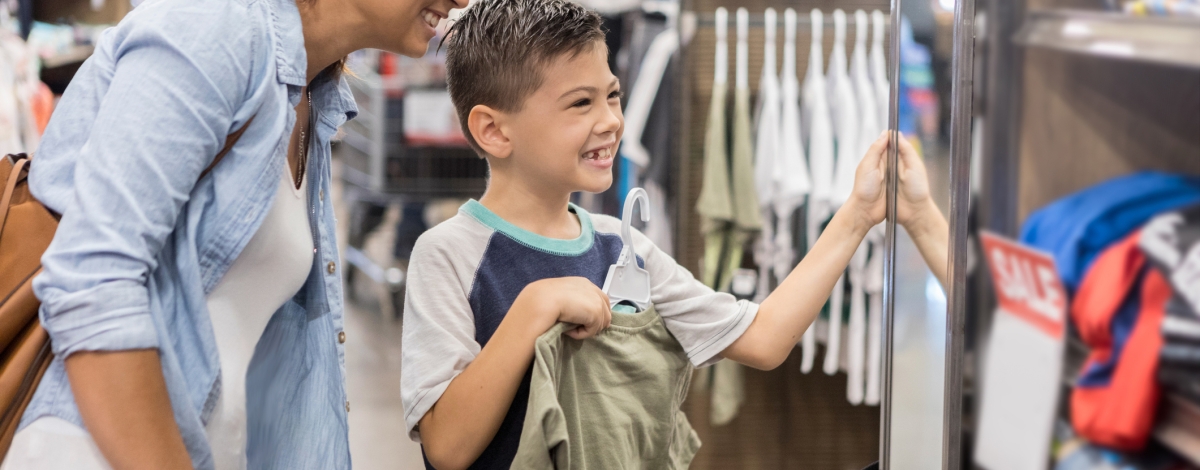Adaptive Clothing Helps Children with Special Needs Get Ready for School
Clothes shopping is part of the back to school season. Major retailers, including Tommy Hilfiger, Nike, Kohl’s and Target, have introduced new, inclusive clothing lines designed to help solve some of the dressing challenges that parents of children with special needs face.
These new adaptive clothing lines consider the everyday needs of children with disabilities and sensory-processing sensitivities. Clothing is thoughtfully designed, quality-made, stylish, and comfortable, while incorporating functional features such as hidden openings for abdominal access to feeding tubes. Shirts have side and back snaps and zip closures or magnetic closures to make it easier for children with limited motor skills to get dressed. Jackets have wheelchair-friendly designs like side openings and zip-off sleeves that make dressing easy for both children and their parents. Adaptive body suits and pants with a higher rise accommodate different diaper sizes while allowing for easy access. Shirts, hoodies and other garments are made of extra-soft materials and have no tags or seams, making them more comfortable for children with autism.
Many shoe retailers have introduced footwear with lock laces or magnet laces. Nike has an affordable line of footwear, designed for athletes of all abilities, with zipper wrap-around closures, larger openings and wider widths. Many retailers also sell affordable adaptive technology such icon-based watches that look like a smart watch but are made of plastic. Such assistive technology helps empower children with communication-related needs. Special features also help teach children good habits like independence, self-discipline, responsibility, accountability, and the concept of time.
Adaptive clothing also has another important benefit: it inspires confidence in the children who wear it. The stylish, inclusive design addresses a child’s unique needs without compromising their personal style and self-expression – and lets them look and feel like their peers. "Adaptive clothing has helped my clients be more independent in getting themselves dressed," says Rachel Goode, Occupational Therapist, JCFS Chicago, Integrated Pediatric Therapies. "It has also provided more choices for clothing styles that can be adapted for different needs. There were limited options when it came to finding new items to wear. These companies have changed the way adaptive clothing looks so that all kids can feel good about what they are wearing."



 Back
Back